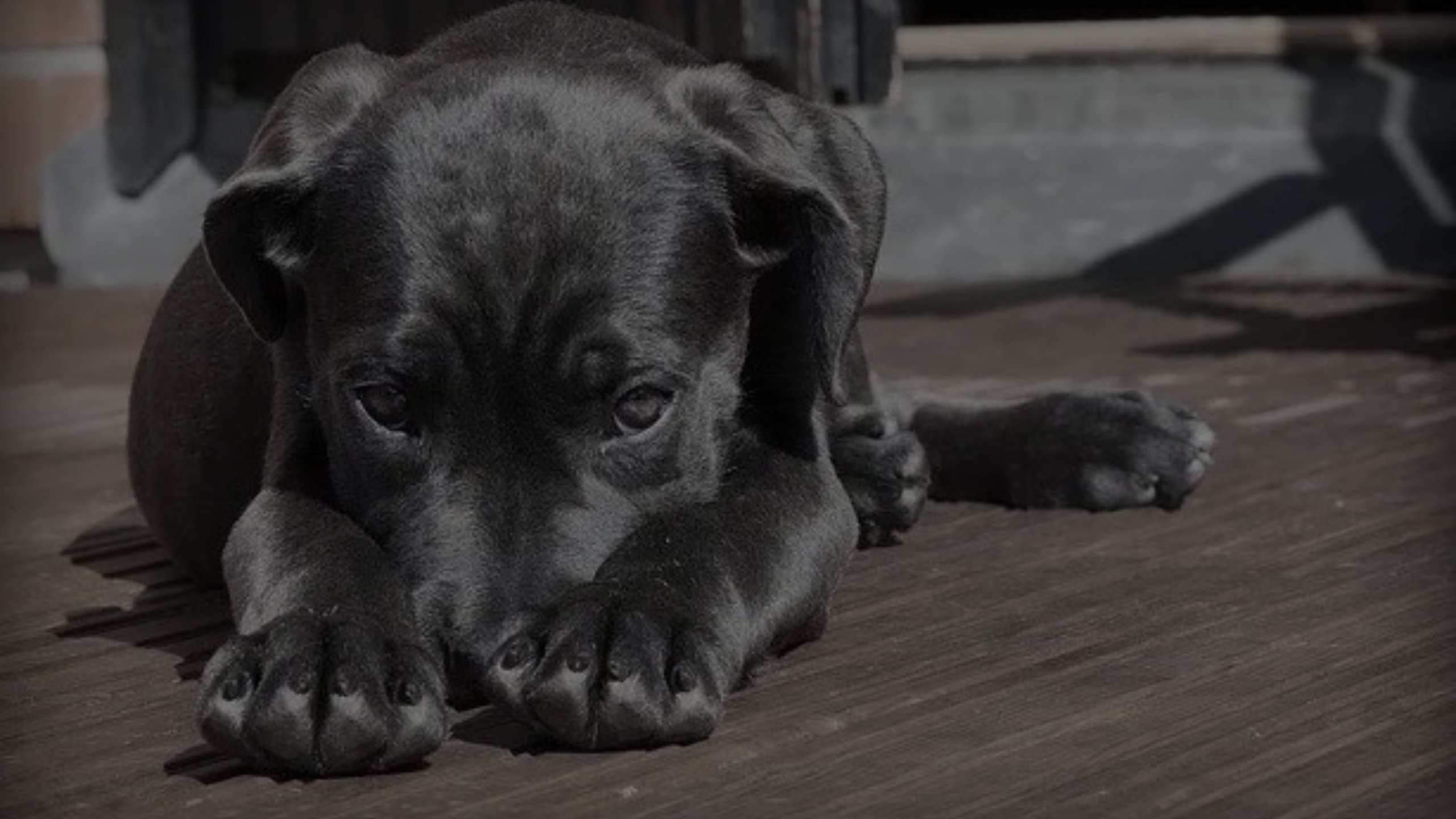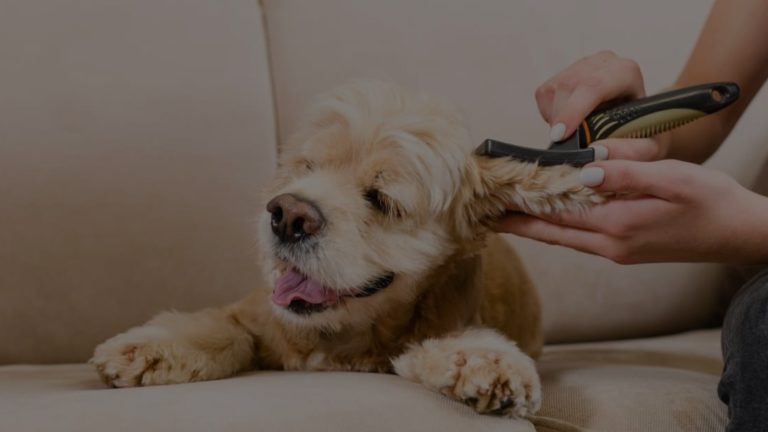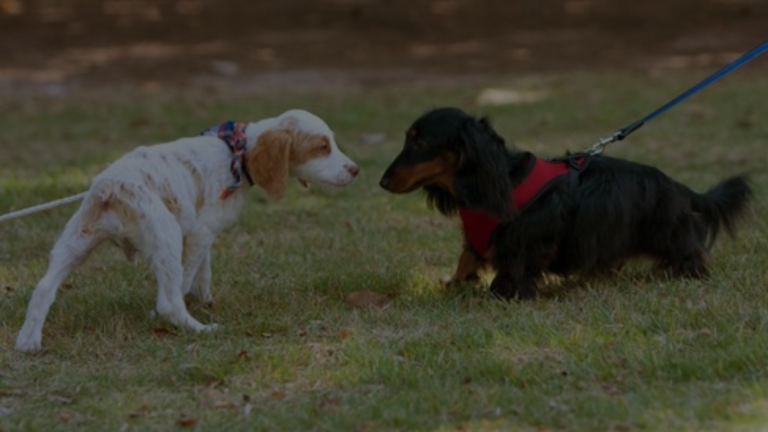Has your furry friend ever surprised you with a display of kneading behavior, reminiscent of a feline making biscuits? While this behavior might seem unusual for a canine, it’s quite common and holds fascinating reasons behind why is my dog kneading like a cat. So, ditch the confusion and dive into the heartwarming world of dog kneading, uncovering the delightful secrets behind those adorable “biscuits”!
Why Is My Dog Kneading Like a Cat?
Dogs knead for several reasons, not just imitating cats. It’s an inherited instinct from their wild ancestors, a way to mark territory and create a safe and comfortable space. Kneading also helps regulate temperature and soothe anxiety.
A Behavior Rooted in Puppyhood
The story of dog kneading starts way back in puppyhood. Remember those sweet, tiny paws rhythmically pushing against their mother’s belly during nursing? That’s kneading in action! This instinctive behavior helps stimulate milk flow, ensuring those precious nutrients reach hungry pups.
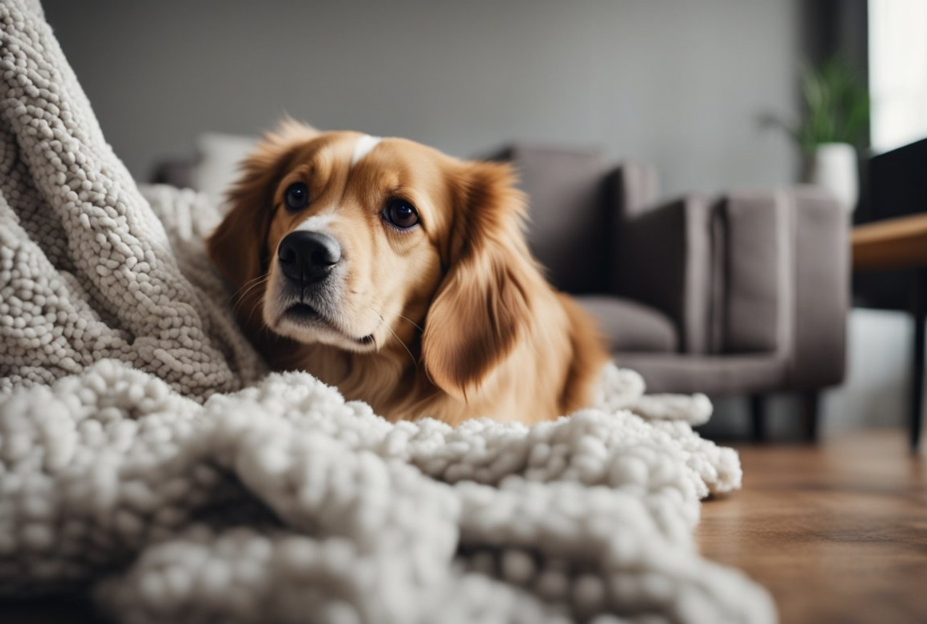
Kneading as a Sign of Contentment and Comfort
Even after those early days, kneading can resurface in adult dogs. But fear not, it’s not a sign of feline identity confusion! Instead, it’s a heartwarming expression of contentment and comfort. Think of it as a self-soothing mechanism, similar to how we might curl up with a comforting blanket.
Kneading Rituals
Dogs are descendants of wolves, and their wild ancestors used kneading for practical purposes too. Kneading helped prepare dens for their pups, making them soft and cozy. This instinct can still linger, leading your dog to knead their bed, blankets, or even your lap, creating a safe and familiar space.
Additionally, kneading can serve as a subtle form of marking territory. Dogs have scent glands in their paws, and kneading deposits their scent, marking the area as their own. This behavior is more common in anxious or insecure dogs who seek comfort and reassurance.
Kneading and Anxiety
While kneading is usually a positive sign, sometimes it can indicate underlying anxiety. If your dog kneads excessively, especially coupled with other anxious behaviors like pacing or destructive chewing, it’s best to consult your veterinarian. They can help identify any potential triggers and recommend solutions to manage your dog’s anxiety.
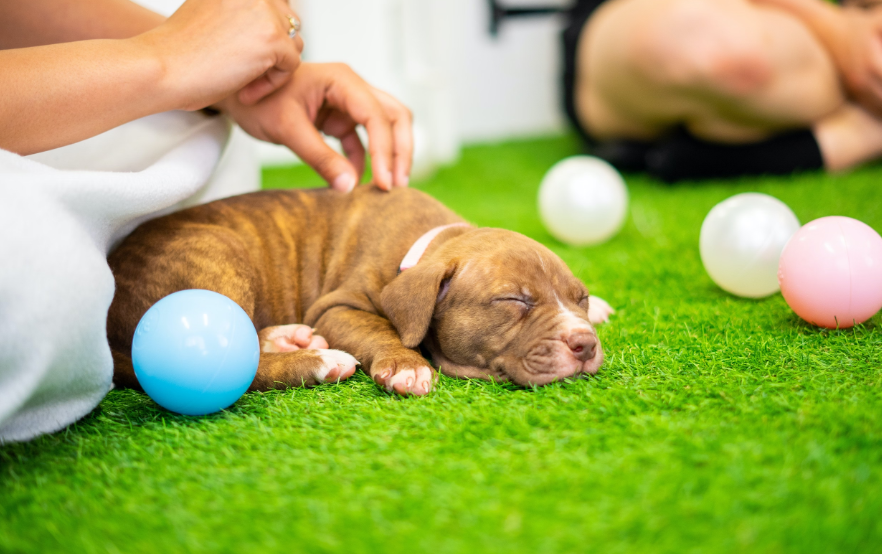
Tips for Enjoying Your Dog’s Kneading
If your dog’s kneading is a sign of contentment, here’s how to make the most of it:
- Provide a comfortable kneading spot: Offer your dog a designated soft bed or blanket to encourage kneading in a specific area.
- Enjoy the moment: Sit back and relax while your dog kneads, cherishing this adorable expression of their affection and trust.
- Avoid distractions: Resist the urge to pet your dog while they’re kneading, as this can sometimes break their concentration and interrupt their self-soothing ritual.
A Window into Your Dog’s Soul
Understanding why your dog kneads offers a glimpse into their inner world, revealing their emotions and instincts. So next time you witness those “biscuit-making” paws, remember, it’s not just a cute act; it’s a window into your dog’s contentment, comfort, and even a touch of their wild ancestry. Cherish these moments, for they speak volumes about the unique bond you share with your furry companion.
Additional Tips
- Keep your dog’s nails trimmed to prevent damage to furniture or blankets during kneading.
- If your dog kneads excessively and it’s causing problems, consult a dog trainer or behaviorist for guidance.
- Observe your dog’s behavior closely to understand the context and triggers behind their kneading.

Remember: Kneading is a natural behavior for many dogs, and it’s often a sign of contentment and comfort. By understanding the reasons behind it, you can appreciate this adorable behavior even more and strengthen the bond with your furry friend.
Resources & References
FAQs About Dogs Kneading Like Cats
Is it normal for my dog to knead like a cat?
Absolutely! Kneading, often called “making biscuits,” is a common and natural behavior for many dogs. It’s not exclusive to cats and often stems from their puppyhood memories and instincts.
What does it mean when my dog kneads?
Kneading can signify various things depending on the context:
- Contentment and comfort: Similar to purring in cats, kneading can express relaxation and happiness in dogs.
- Self-soothing: Anxious or stressed dogs might knead as a coping mechanism to calm themselves.
- Nesting instinct: Female dogs, even un-spayed, might knead blankets or beds, mimicking the preparation of a den for their pups.
- Marking territory: Kneading deposits scent glands from their paws, subtly marking their space.
Should I be worried if my dog kneads excessively?
Excessive kneading, especially coupled with other anxious behaviors like pacing or chewing, might indicate underlying anxiety. Consult your vet to rule out any medical issues and discuss management strategies.
Can I stop my dog from kneading?
Generally, no. It’s a natural behavior, and discouraging it can create unnecessary stress for your dog. Instead, provide a designated kneading spot like a soft bed and observe their behavior to understand triggers.
Is there a difference between cat kneading and dog kneading?
While the kneading motion might appear similar, the reasons behind it can differ. For cats, it often stems from kneading their mother’s belly to stimulate milk flow as kittens. Dogs have various motivations, as explained earlier.
What can I do to enjoy my dog’s kneading?
Offer a comfortable kneading spot, observe their happy demeanor, and avoid interrupting them. Cherish this adorable behavior as a sign of their trust and affection!

